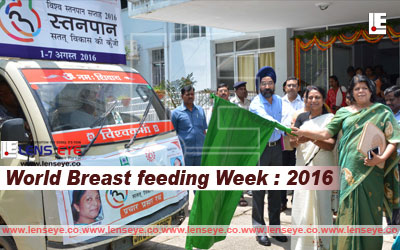 Ebola Virus Disease
Ebola Virus Disease
Ebola virus disease (EVD) or Ebola hemorrhagic fever (EHF) is a disease that infects mammals, including humans caused by the Ebola virus. Symptoms typically start two days to three weeks after contracting the virus, with a fever, sore throat, muscle pains, and headaches. Typically nausea, vomiting, and diarrhea follow, along with decreased functioning of the liver and kidneys. At this point, some people begin to have bleeding problems.
The virus may be acquired upon contact with blood or bodily fluids of an infected animal (commonly monkeys or fruit bats).Spread through the air has not been documented in the natural environment.Fruit bats are believed to carry and spread the virus without being affected. Once human infection occurs, the disease may spread between people as well. Male survivors may be able to transmit the disease via semen for nearly two months. In order to make the diagnosis, typically other diseases with similar symptoms such as malaria, cholera and other viral hemorrhagic fevers are first excluded. To confirm the diagnosis blood samples are tested for viral antibodies, viral RNA, or the virus itself.
Signs and symptoms
Signs and symptoms of Ebola usually begin suddenly with a flu-like stage characterized by fatigue, fever, headaches, and joint, muscle, and abdominal pain. Vomiting, diarrhea and loss of appetite are also common. Less common symptoms include the following: sore throat, chest pain, hiccups, shortness of breath and trouble swallowing. The average time between contracting the infection and the start of symptoms is 8 to 10 days, but it can vary between 2 and 21 days. Skin manifestations may include a maculopapular rash (in about 50% of cases). Early symptoms of EVD may be similar to those of malaria, dengue fever, or other tropical fevers, before the disease progresses to the bleeding phase. In 40–50% of cases, bleeding from puncture sites and mucous membranes (e.g. gastrointestinal tract, nose, vagina and gums) has been reported. In the bleeding phase, which typically starts 5 to 7 days after first symptoms internal and subcutaneous bleeding may present itself through reddening of the eyes and bloody vomit. Bleeding into the skin may create petechiae, purpura, ecchymoses, and hematomas (especially around needle injection sites). Types of bleeding known to occur with Ebola virus disease include vomiting blood, coughing it up or blood in the stool. Heavy bleeding is rare and is usually confined to the gastrointestinal tract. In general, the development of bleeding symptoms often indicates a worse prognosis and this blood loss can result in death. All people infected show some symptoms of circulatory system involvement, including impaired blood clotting. If the infected person does not recover, death due to multiple organ dysfunction syndrome occurs within 7 to 16 days (usually between days 8 and 9) after first symptoms.
Causes
EVD is caused by four of five viruses classified in the genus Ebolavirus, family Filoviridae, order Mononegavirales. These four viruses are Bundibugyo virus (BDBV), Sudan virus (SUDV), Taï Forest virus (TAFV), and Ebola virus (EBOV). Ebola virus, formerly designated Zaire ebolavirus, is the most dangerous of the five known viruses within the genus ebolavirus. The fifth virus, Reston virus (RESTV), is not thought to be disease-causing in humans.



